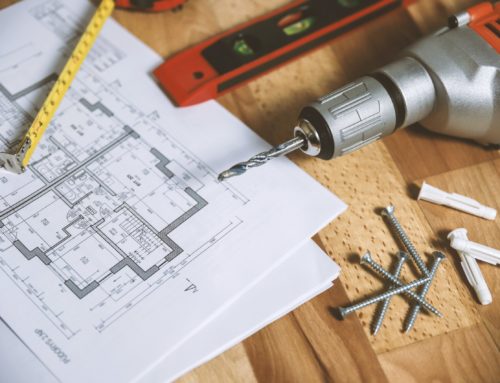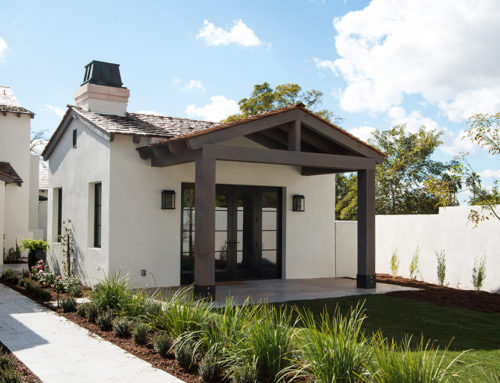Maybe it’s the people I hang out with, but I work with a lot of first time home buyers. I still remember the first property I bought, a 2BR 2BA condo by campus when I was in college, and how scary it was to have this huge responsibility. After tons of research and checking my numbers for probably for the thousandth time I finally pulled the trigger.
I’ve put together a short guide here to share with you from my experience. Hopefully they’ll be able to reduce the same fear I felt before and help you make a smart decision about your biggest purchase.
1. Decide How Much Home You Can Afford
The general rule of thumb used to be two to three times your gross income. For the Bay Area it’s more like four to five times. Remember though, to factor in ongoing costs such as: property taxes, insurance, maintenance, utilities, and home owner association fees.
2. Get Your Credit in Order
You can obtain free copies of your credit report from all the major credit bureaus like Equifax, Experian, and TransUnion. It’s important to make sure all information is accurate and try to correct any problems before you buy or talk to a lender. A credit report details your borrowing history, including any late payments and bad debts. Credit scores typically range from 300-850, with a score above 700 considered as good. The minimum credit score to qualify for a loan depends on many factors, including the size of your down payment and annual income. Contact me or lender about your particular circumstance.

(Credit: Experian)
3. Get Pre-qualified
Better yet, get pre-approved, especially in today’s competitive market. Many buyers I work with had to put in a financing contingency and lost out on their dream homes.
Meet with a lender to get a pre-approved letter that says how much house you’re qualified to buy. Start gathering the paperwork your lender says it needs. Most will want to see W-2 forms verifying your employment and income, copies of pay stubs, and two to four months of banking statements.
4. Select Where You Want to Live
With the loan qualification/approval in hand, now you can determine the wants and needs in a home within your budget. Make a list of your top five neighborhood priorities, such as commute time, schools district, and amenities. Narrow it down to three to four targets.
5. Develop Your Home Wish List
Be honest about which features or the lack therefore are deal breakers and what are your “nice-to-have’s.” Come up with your top five must-haves and top five wants to help you focus your search and make a logical, rather than emotional, choice when home shopping.
6. Start Saving
Have you saved enough money to qualify for a mortgage and cover your down payment? Ideally, you should have 20% of the purchase price set aside for a down payment, but some lenders allow as little as 5% down. However, the lower your down payment, the higher the loan amount you’ll need to qualify for, and if you still qualify, the higher your monthly payment. Your down payment size can also influence your interest rate and the type of loan you can get.
Finally, if your down payment is less than 20%, you’ll be required to purchase private mortgage insurance. Depending on the size of your loan, PMI can add hundreds to your monthly payment. Check with your state and local government for mortgage and down payment assistance programs for first-time buyers.
7. Ask About All the Costs Before You Sign
A down payment is just one home buying cost. There is usually also home inspections, escrow and title fees (depends on which county you’re in), and city/county transfer tax (again depends on what’s customary in your county). Tally up the extras you’ll also want to buy after you move-in, such as window coverings and patio furniture for your new yard.





